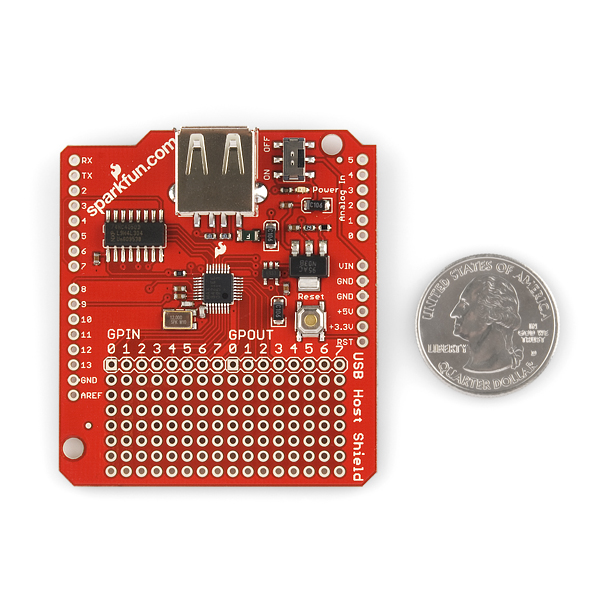

I’m digging into it to see what is going on. It’s obviously a bit hackish right now, with the whole ‘add to another library’ thing, as well as wholesale replacement of existing debug macros with static serial statements, but functionally it should be untouched.

If you have a comparison tool like Beyond Compare (or the humble diff), you can compare with the original library to see what I changed. The files from WIP_XBOX_LIB_PORT.zip should be pasted into USBHost/src to test it out. I’ve attached where I stand so far to this post. This example code is in the public domain.And started porting the relevant pieces into the Due’s USB Host library. Potentiometers should be connected to analog inputs 0 to 1. Wire each button between the digital pin and ground. * Basic USB Joystick Example Teensy becomes a USB joystick You must select Joystick from the "Tools > USB Type" menu Pushbuttons should be connected to digital pins 0 and 1. You can turn manual mode on and off,Īs needed, or just leave manual mode active and always use send_now().Įxample Program File > Examples > Teensy > USB_Joystick > Basic. Press to occur exactly as you change the X and Y asix to a specific position, If you want 2 buttons to be pressed at exactly the same instant, or a button

When manual send mode is active, Joystick's USB packets are only transmitted Over when the USB packets are transmitted, you can enable manual send mode. With the new Joystick position and buttons state. Normally each function you use causes a USB packet to be sent to your computer, The properties page shows all of your joystick's controls, which updateĪs you move or press buttons. The simplest test is the Windows Game Controllers Control Panel. To just connect a button from the pin to ground.

The buttons has the input pullup pin mode, so it's ok The testĮxpects six voltages on analog inputs 0 to 5, and buttons on 0 to 15 (for Teensy) Use -1 to return the hat to center resting position. The hat switch can be moved in 45 degree increments. Y(value) // 512 is resting position Joystick. X(value) // "value" is from 0 to 1023 Joystick. Each takes a number from 0 toġ023, where 512 is the center or resting position. There are six functions to control the Joystick's 6 axes. button(num, 0) // Release button "num" (1 to 32) button(num, 1) // Press button "num" (1 to 32) Joystick. To send button actions, just use Joystick.button, with the button number to change (1 to 32), and either pressed (1) or not pressed (0).


 0 kommentar(er)
0 kommentar(er)
